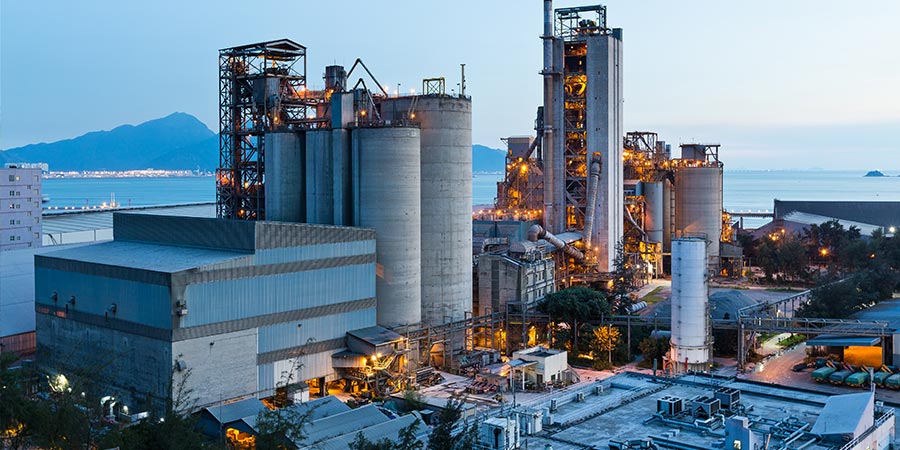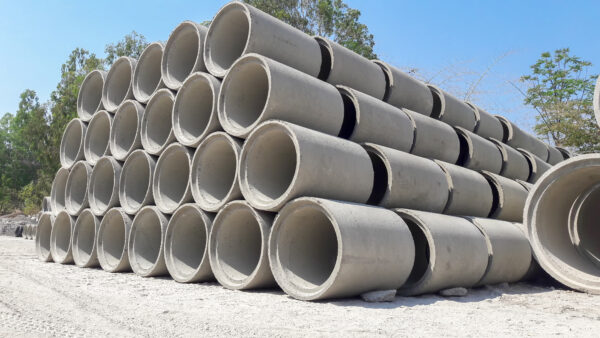Decarbonizing the Cement Industry – Digital and chemical solutions enabling CO2 reduction

Cement manufacture accounts for roughly seven percent of total man-made CO2 emissions. Today, cement and concrete producers are demanding more sustainable ways to produce these materials.
The good news is that approximately one third of targeted CO2 reduction can be realized through clinker replacement. And that is just one approach. In addition to clinker replacement, improving the efficiency of cement plants and allowing for increased use of supplementary cementitious materials are effective ways to reduce carbon emissions. Chemical additives help in achieving each of these objectives.
How cement additives work
These specially formulated chemicals are designed to modify and enhance the properties of cement in a number of ways to boost cement quality. For example, accelerators increase the rate of hydration to help increase the early strength of cement while morphology enhancers help achieve higher late age compressive strengths.
Reducing emissions with cement additives
Cement additives play a significant role in reducing CO2 emissions. Since the introduction of quality improvers for blended cements, Our additives have reduced CO2 emissions by more than 200 million tons. To put that into context, that is roughly the same amount of CO2 emitted by the country Uruguay over the same time period. To take further strides toward improving the sustainability of cement, we developed new OPTEVA® CO2ST™ reducers, based on new chemicals and a proprietary process designed specifically to allow for a significant reduction in clinker factor by up to 10 percent.
One cement plant in southern Europe used the OPTEVA® CO2ST™ reducer to achieve 4% clinker replacement on top of the 4% they were achieving with their current additive. The 8% clinker replacement was made possible by an increase of strengths of roughly 20 percent at all ages, and a mill output increase of more than 10 percent.
Even without accounting for the eventual cost of carbon, the additive is providing a net value to the producer of approximately 50-60 cents per ton of cement. If you then factor in the cost of ETS carbon (e.g., at 25 €/CO2 t), this saves the producer more than 500 thousand € per year.

Selecting the right chemical additives
It is notable that the use of multiple chemicals together can offer advantages that represent more than the sum of their parts; using chemical additives in different combinations can provide benefits that surpass the results of each separate chemical. The trick is understanding the best combination for each situation.
The myriad cement chemistries and morphology variables available – combined with the varying objectives and constraints in each market means there is a vast number of permutations when it comes to choosing which cement additives to use. It can also be difficult to predict the performance of combining multiple additives together.
To unravel this complicated process, We have released DASHSM, a proprietary application that provides a faster, more predictable way to match cement producers with the right additives. Using data-driven algorithms based on 80+ years of experience applying cement additives, DASHSM predicts the economics, strengths, and other characteristics involved in choosing optimum additives for each situation.
When a representative visits a cement plant, they can work with the cement producer to input their business and technical needs into the DASHSM app on their iPad. The rep is then above to share a live model that identifies a select handful of recommended additives, along with anticipated strengths, clinker content, and other properties. In doing so, we enable producers to:
- Reliably increase their use of supplementary cementitious materials to reduce their carbon footprint
- Select formulations that offer an improved net value
- Accelerate the product validation process to achieve faster ROI
- Streamline their product testing and decision-making processes
Conclusion
As many producers have discovered, protecting the planet is good for business. The demand for more sustainable cement will continue to increase, as societal awareness increases and new regulations emerge. The right combination of cement additives can help producers achieve their sustainability goals – from lowering energy consumption and water withdrawals to reducing CO2 emissions.





